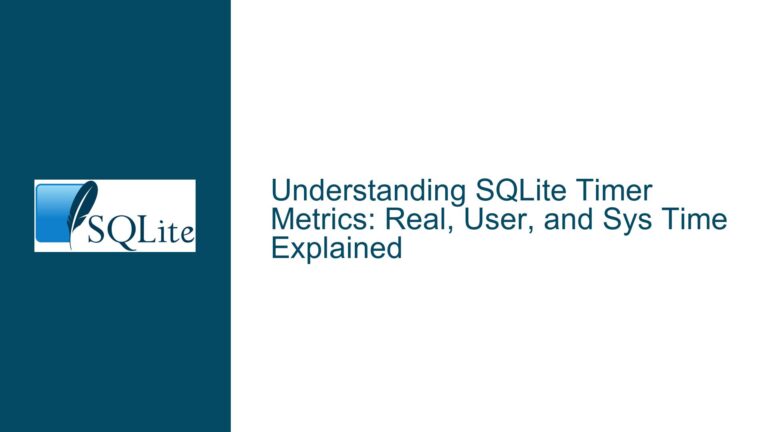Determining Column Type Dominance in SQLite Based on Value Frequency
SQLite Column Type Inference from Top N Values In SQLite, the type affinity of a column does not strictly enforce the type of data that can be stored in that column. Instead, SQLite uses a dynamic type system where any column, except for INTEGER PRIMARY KEY columns, can store any type of data. This flexibility…









